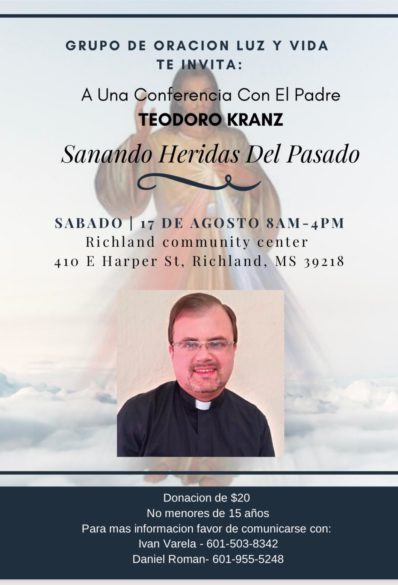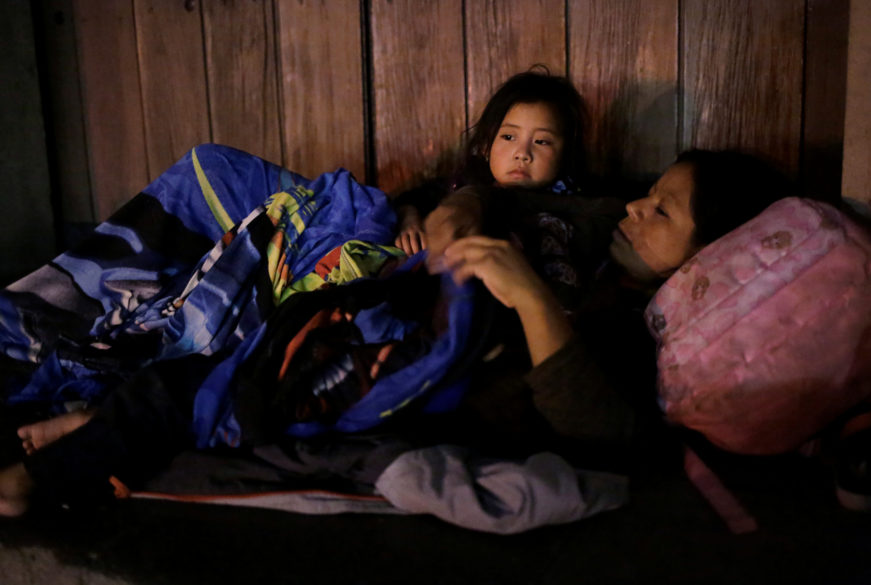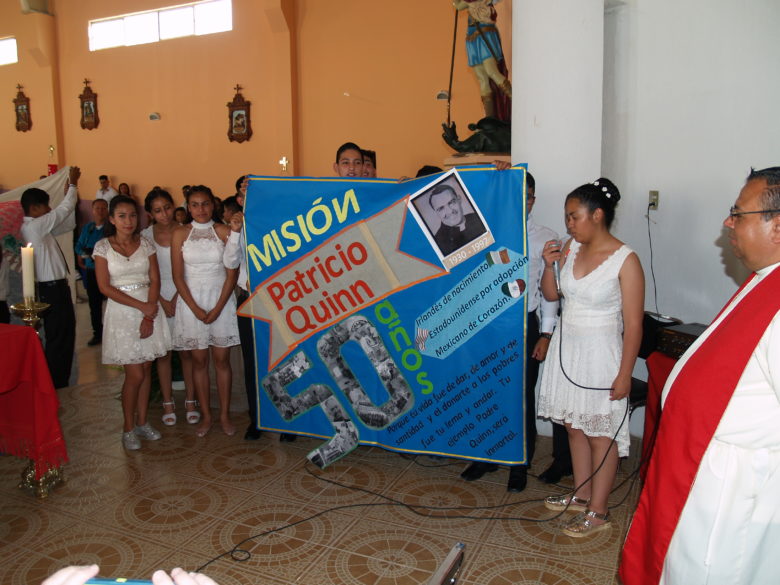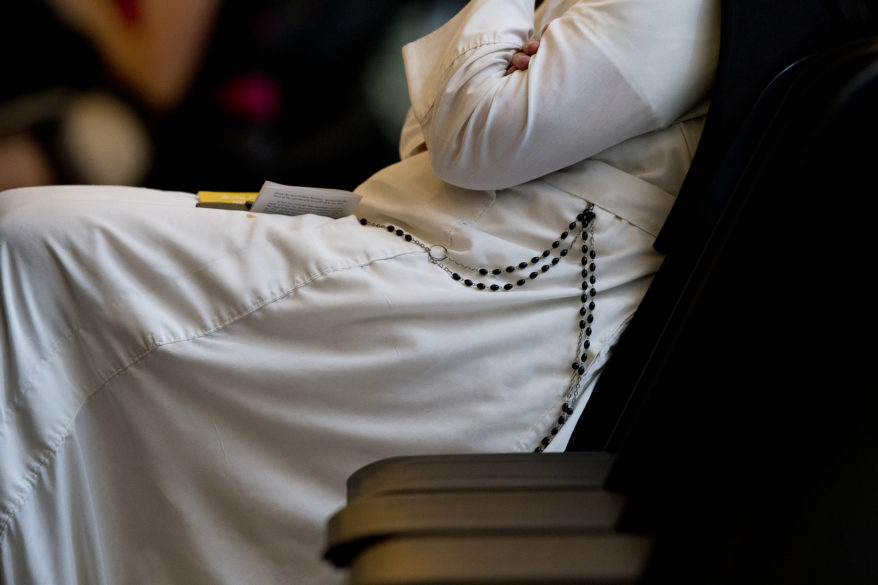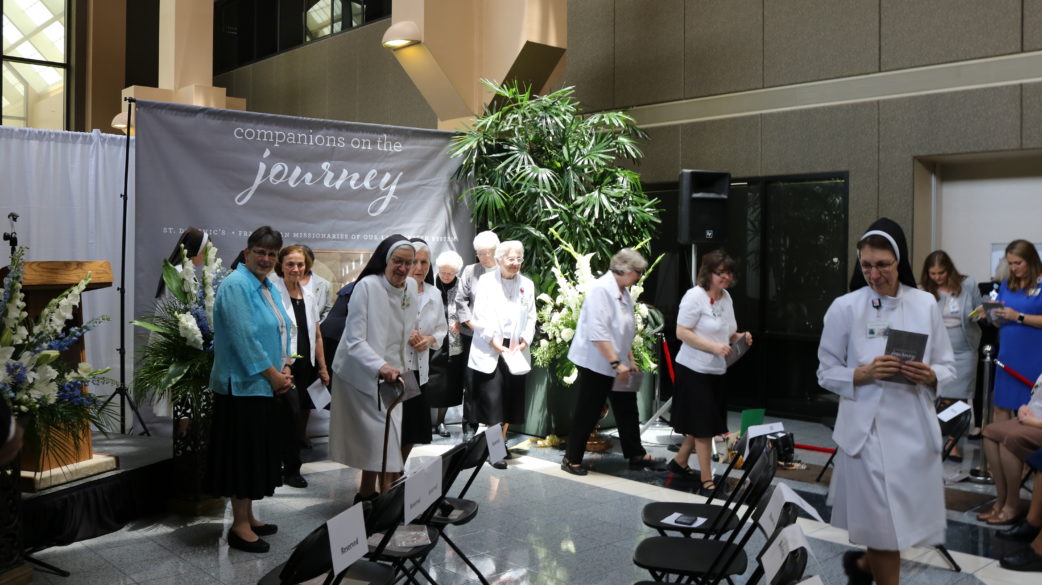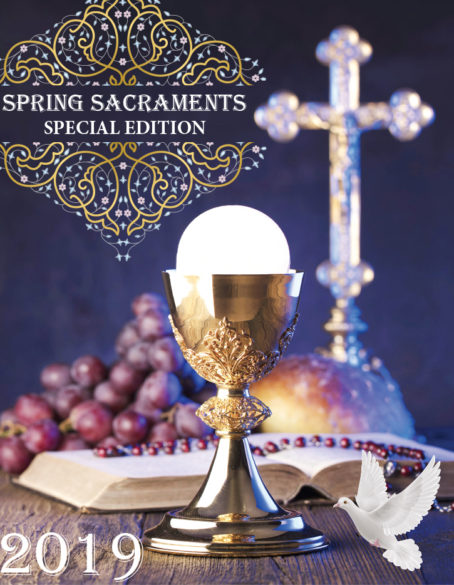By Michael O’Loughlin
MILWAUKEE – On June 15, more than 30 School Sisters of St. Francis of the United States Province celebrated milestone anniversaries of service as women religious. In addition, three lay women in associate relationship with the community celebrated their 25-year jubilees.
These are the sisters celebrating Jubilee this year who have served in the Diocese of Jackson.
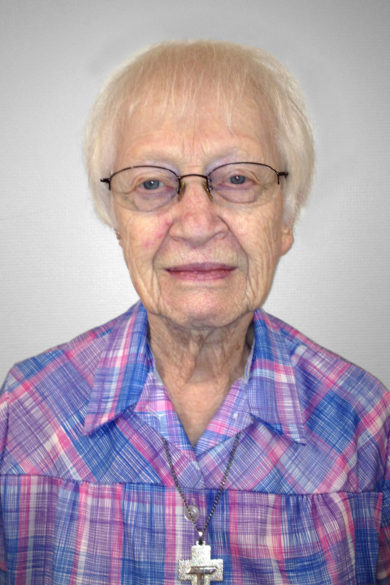
Sister Arlene Welding (80 Years)
Sister Arlene Welding was born in Oakdale, Nebraska She received a bachelor of science degree in education from Alverno College in Milwaukee and a master of science degree in religious education from the University of San Francisco in Calif.
In the Diocese of Jackson, Sister Arlene taught at St. Francis School in Yazoo City (1953-1962).
Other service: In the Diocese of Comayagua (Honduras), Sister Arlene served as a cursillo director in Comayagua (1966-1970). In the Archdiocese of Los Angeles, Sister served as campus minister at the Newman Center in Los Angeles (1979-1982) and as director of operations at Caring Hands in Los Angeles (1982-1985). In the Diocese of Nashville, Sister served as a community outreach worker at Catholic Social Services (1986-1989), where she also served as a volunteer social worker (1992-1993); served as a social ministry volunteer (1993-1997); and served as a part-time secretary at St. Vincent de Paul Parish in Nashville (1997-1998), where she also served as coordinator of social concerns (1998-2004) and as volunteer coordinator (2004-2007). In the Diocese of Phoenix (Ariz.), Sister served as religious education coordinator at St. Matthew Parish in Phoenix (1970-1978) and at St. Edward Parish in Phoenix (1978-1979). In the Archdiocese of San Jose´ in Costa Rica, Sister taught at St. Francis Primary School in Moravia (1962-1966). In the Diocese of Tucson (Ariz.), Sister served as senior citizen counselor at the Pinal Gila Council for Senior Citizens in Casa Grande (1979). In the Archdiocese of Milwaukee, Sister taught at St. Matthew School in Campbellsport (1943-1953) and served as a volunteer at St. Joseph Convent in Campbellsport (2008-2014) and at St. Joseph Convent in Milwaukee (2014-2017).
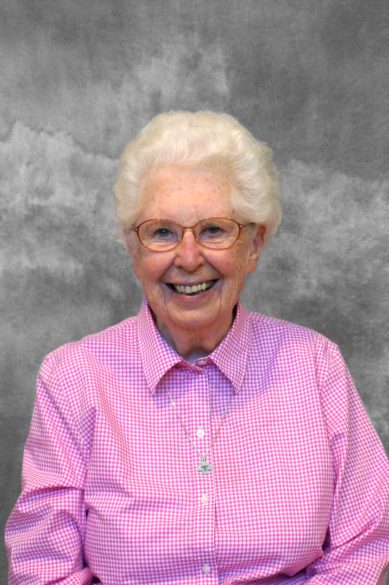
Sister currently serves in the ministry of prayer and presence at Our Lady of the Angels Convent in Greenfield, Wisconsin.
Sister Michele Doyle (75 Years)
Sister Michele Doyle was born in Forest Park, Illinois. She received a bachelor of science degree in education from Alverno College in Milwaukee; a master of arts degree in American history from Loyola University in Chicago; and a master’s degree in religious education from St. Thomas University in Houston.
In the Diocese of Jackson, Sister Michele taught at St. Francis High School in Yazoo City (1949-1969); at St. Joseph High School and Jackson State College in Jackson (1969-1976); served as director of adult religious education for the Diocese of Jackson (1976-1983); and director of education for St. Francis Assisi Parish in Madison (1991-1996). Since 2006, Sister Michele has served part-time in several parishes in the lay ministry program for the Jackson diocese.
Other service: In the Archdiocese of Milwaukee, Sister served as provincial for her congregation’s U.S. Province in Milwaukee (1983-1991). In the Diocese of Rockford (Ill.), she taught at St. Mary School in McHenry (1947-1949).
Sister currently resides in Ridgeland, Mississippi.
Sister Amy Therese Kenealy (60 Years)
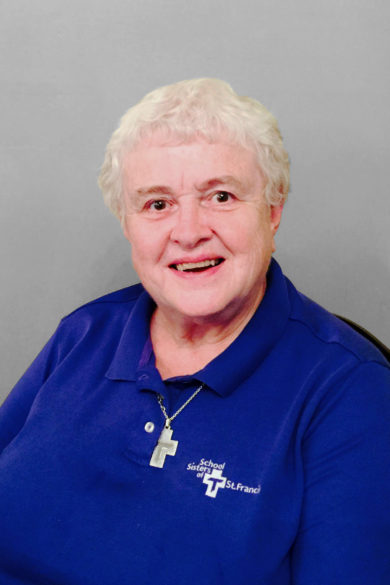
Sister Amy Therese Kenealy was born in Chicago, Illinois. She received a bachelor of arts degree in English from Alverno College in Milwaukee, a master of arts degree in English from the University of Chicago, a certificate of advanced study in education administration from the University of Illinois, a master of science degree in counseling from Chicago State University, and a master of arts degree in pastoral theology from St. Mary of the Woods College in Indiana.
In the Diocese of Jackson, Sister Amy Therese taught at Sacred Heart School in Walls (1965-1966), St. Francis High School in Yazoo City (1967-1968) and St. Mary School in Holly Springs (1968-1969).
Other Service: In the Diocese of Joliet (Ill.), Sister served as regional chaplain at Marriott Brighton Gardens in Burr Ridge (2001-2003). In the Archdiocese of Chicago, Sister taught at St. Cyprian School in River Grove (1962-1964), St. Joseph School in Wilmette (1964-1965), and St. Anne School in Barrington (1966-1967). She served as dean, counselor and teacher at Thornridge High School in Dolton (1970-1990), pastoral ministry project director at St. Xavier University in Chicago (1988-1992), pastoral associate at St. Joachim Parish in Chicago (1990-1992) and chaplain at Americana/ManorCare Health Center in South Holland (1992-2001). Sister also was director of pastoral care at Brighton Gardens in Orlando Park (2003-2007) and chaplain at Vitas Hospice in Chicago Heights (2005-2016).
Sister currently resides in Sauk Village, Illinois, where she has served as volunteer chaplain since 2016.
Sister Liana Mich (60 Years)
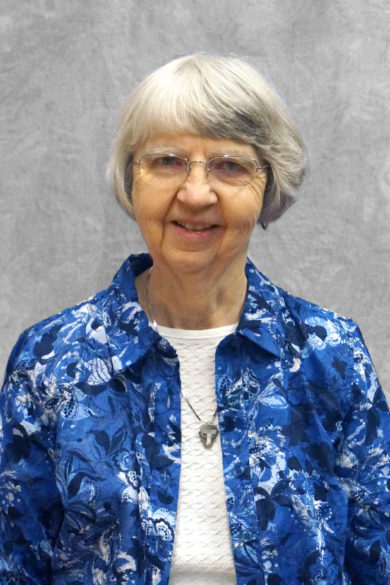
Sister Liana Mich was born in Milwaukee, Wisconsin. She received a bachelor of arts degree in elementary education and music from Mount Mary College in Milwaukee, a master of science degree in curriculum and instruction from the University of Wisconsin at Milwaukee and a master of arts degree in pastoral ministry from Aquinas Institute of Theology in St. Louis.
In the Diocese of Jackson, Sister Liana served as principal of Holy Family School in Jackson (1978-1986).
Other Service: In the Diocese of Gary (Ind.), Sister served as teacher/organist at SS Peter & Paul School in Gary (1962-1966). In the Diocese of La Crosse (Wis.), Sister served as teacher/organist at Sacred Heart School in Marshfield (1966-1968). In the Diocese of Memphis (Tenn.), she served as a pastoral education intern at Methodist Hospital Clinic in Memphis (1987-1988). In the Archdiocese of Oklahoma City, Sister served as chaplain at St. Anthony Hospital in Oklahoma City (1988-2006) where she also served as spiritual director (2006-2012). In the Archdiocese of San Antonio (Texas), Sister served in the ministry to ministers program at the Oblate School of Theology in San Antonio (1986-1987). In the Archdiocese of Milwaukee, Sister in Milwaukee taught at St. Boniface School (1967-1971), St. Martin de Porres Catholic School (1971-1972) where she also served as administrator and curriculum coordinator (1972-1974), and at St. Albert School (1974-1975). She also served as a volunteer at Clement Manor Retirement Center in Greenfield and in the congregation’s U.S. Province Finance Office in Milwaukee from 2012-2018.
Sister currently resides at Clement Manor Retirement Community in Greenfield, Wisconsin.
(Cards and donations in honor of the sisters’ years of service may be mailed to Sister’s attention, c/o Jubilee Committee, School Sisters of St. Francis, 1545 S. Layton Blvd., Milwaukee, WI 53215.)
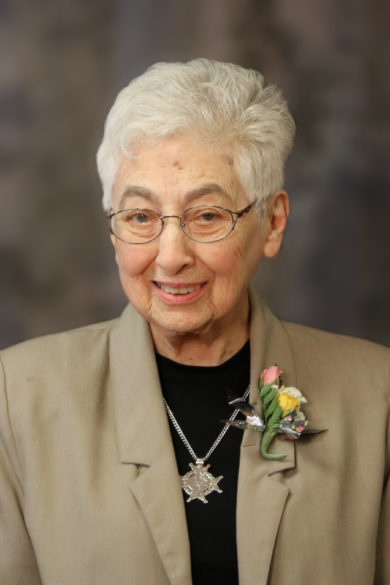
By Jen Pick
La Crosse, WISCONSIN – Sister Rita Mae (70 Years), a Franciscan Sister of Perpetual Adoration, was born in Milwaukee, Wisconsin. She ministered as a primary school teacher in Wausau, Menomonie, Stanley, Pewaukee, Durand, Stanley and Edgar, Wisconsin. She also taught primary grades in Spokane, Washington, and Canton, Mississippi. Beginning in 1982, Sister Rita Mae ministered in libraries in Superior (Cathedral School), Wisconsin, Carroll (Holy Spirit School), Iowa, and West Point (Marquette), Iowa. In 1994, she moved to Villa St. Joseph, the FSPA skilled-care retirement home in La Crosse, Wisconsin, where she assisted in sister services before moving to care for her mother and serve part time as a library media specialist at St. Elizabeth Ann Seton School in St. Cloud, Minnesota. Sister Rita Mae went on to volunteer in libraries at Immaculate Conception School in Eau Claire, Wis. and St. Peter Claver School in St. Paul, Minn., before retiring to St. Rose Convent in La Crosse in 2008. She currently ministers as a volunteer in the St. Rose Media Center.
A jubilee celebration was held at St. Rose Convent on April 26.
Based in La Crosse, Wisconsin, Franciscan Sisters of Perpetual Adoration is a community of vowed Franciscan women engaged in furthering the work of the Catholic church and the Gospel. Their partners in ministry, including affiliates and prayer partners, join them in service of God’s mission. Together, they collaborate to minister in areas of greatest need, demonstrating that Gospel living is both contemplative and active.

